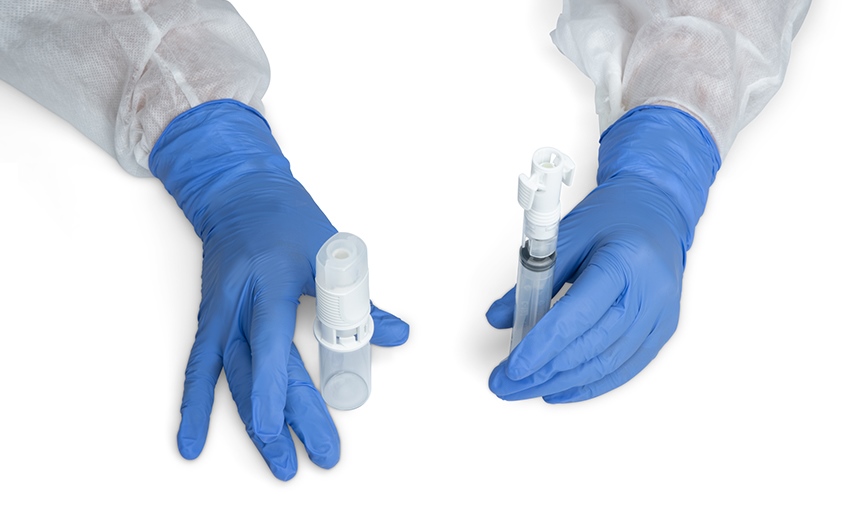Workers Compensation Claims
Multiple varieties of CSTDs have been used in the United States for nearly three decades. One of their primary purposes is to protect pharmacy staff, nurses, patients, and others who work in or visit a hospital or clinic. Improvements and upgrades over the years have increased the level of protection they afford. This has, in turn, lowered the incidence of injury and compensation claims and the time missed from work because of employment-related injury.6
Approximately 4.9 million workers compensation claims are filed yearly, costing about $63 billion between cash payments and medical benefits. Overall employer costs in 2021 were $100.2 billion. The healthcare industry had a 24% increase in workers' compensation claims in 2019.8
In today's world of healthcare, CSTDs are a cost-saving expenditure. It was once thought that negative pressure and laminar hoods were enough to protect pharmacists and ensure the sterility of products, but it is clear it takes more. Today, regulations and guidelines mandate the use of CSTDs to reduce occupational exposure to hazardous drugs and the resulting health risks.7
A workers compensation claim takes a financial toll on organizations. But the economic costs aren't the only damage done. Employees filing claims against a hospital or clinic also damages the reputation of the facility and employee morale. That too is significant justification for implementing CSTDs.9
